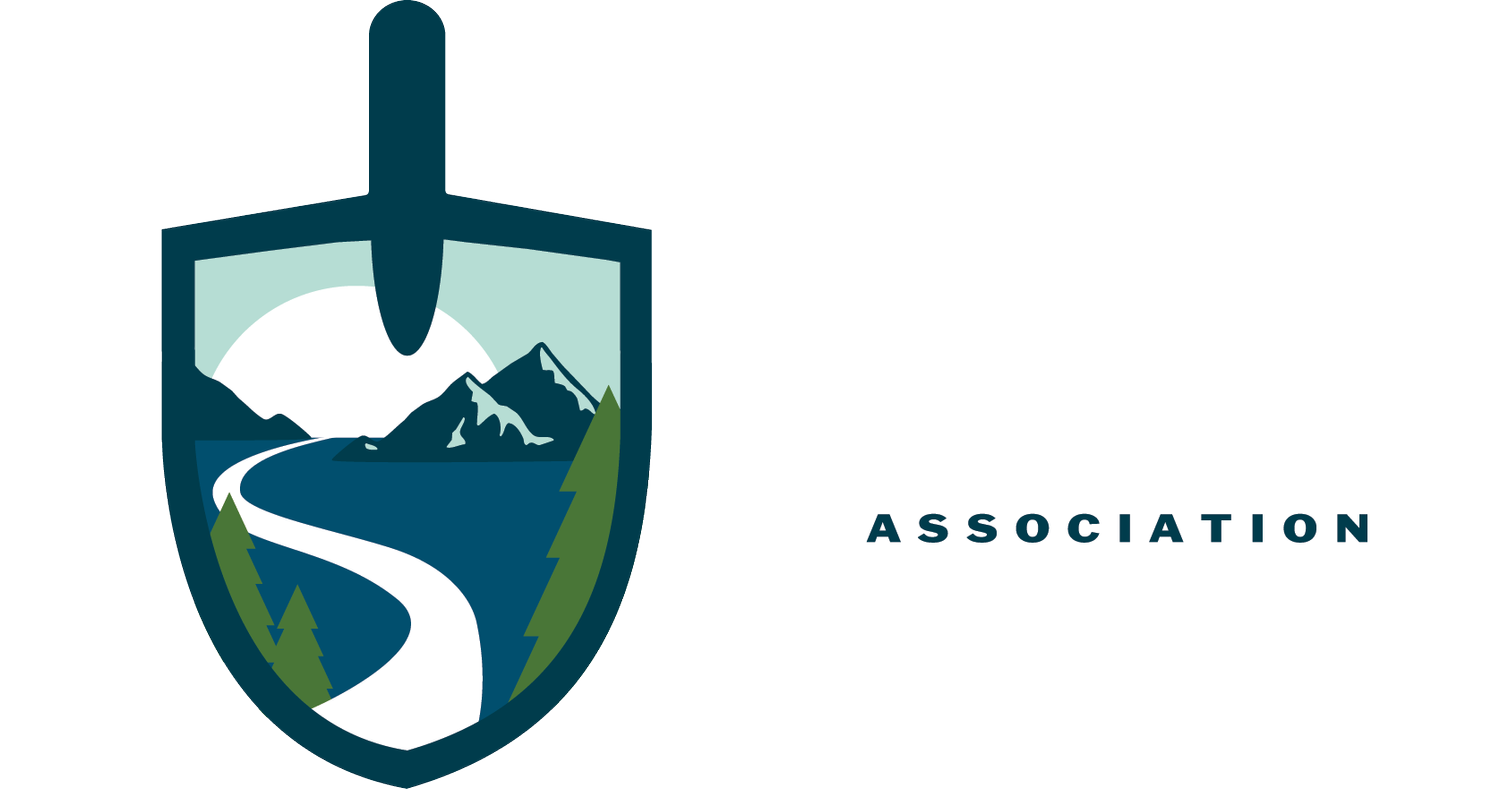Dates: Monday, March 18
Cost: $200 (lunch included)
Instructors: Greg Mazu, Singletrack Trails (PTBA Member), Scott Linnenburger, Kay-Linn Enterprises (PTBA Member)
workshop DESCRIPTION
Up, Down, Left, Right?! Can you read a clinometer in your sleep? Has your 5% flagged trail corridor turned into a jumbled mess of a trail during construction? Has your crew, a group of volunteers, or a contractor told you “... but that’s what you designed?!”
Often, the hardest part of trail design happens right before construction. “Put the trail here...No. 6 inches to the right...Wait. Above or below that rock/tree? Just put it where it’s easiest to construct! What difference does it make? While there aren’t hard and fast rules, every micro-alignment choice affects the construction, maintenance, and user experience/management on a trail.
This workshop will walk attendees through decision points along that final part of the trail design process. We will work with established and approved corridor flag lines, discussing the elements of making an optimized final trail location that minimizes construction impacts and future maintenance/management issues and maximizes a durable, high quality trail experience. The field-based discussions/exercises will differentiate how final flagging for volunteer, youth corps, agency crew, and private contractor types of construction, as well as the types of tools/machines and experience available, can affect alignment and construction decisions. Finally, we will bring the process back to the beginning, where the development of quality specifications, construction process and field notes, and narrative experiential descriptions can assist in framing the final alignment questions and reducing confusion for those building the trail that has been designed.
Learning Objectives
Process the potential alignment options presented within a designed and flagged trail corridor.
Understand the concepts and decision points of final flagging for construction in differing labor and machinery scenarios to minimize impacts and maximize trail quality.
Develop an understanding for utilizing specifications, construction notes, and desired experiences to reduce the number of potential alignment options.
WORKSHOP AGENDA
Field-Based Seminar: We will work with existing, flagged trail corridors to develop final construction alignments that account for long-term drainage, trail durability, use conflict minimization, and a high-quality user experience under differing scenarios for construction and use capacity. The field work will be facilitated by the instructors and implemented in small groups. Each small group will present their final alignment for critique by the seminar participants near the end of the day. Groups will be provided with ribbon and pin flagging for the field exercises.
WHAT TO BRING
Intermediate or higher levels of trail design knowledge and experience. Clinometer use, corridor flagging, and the basics of rolling contour trail design will not be covered.
Your personal clinometer.
A openness to work with a small group in a collaborative manner.
Footwear, clothing, water, and food to sustain a day in the desert. Spring in the area may be 90 degrees and searing or 35 degrees and snowing.
INSTRUCTORS
From traditional beginnings as a passionate volunteer trailbuilder, Greg Mazu transitioned to acting as trail manager at Lory State Park near Fort Collins, CO, and then to the boss of himself, as owner-operator of Singletrack Trails. In the last fifteen years, Greg has developed the company into one of the country’s most experienced trail contractors, while adding related outdoor recreation businesses such as Tools For Trails and Desert Rat Tours to his management retinue. His current professional title of Chief Encouragement Officer reflects both his corporate management ethos and dedication to improving the knowledge base and quality of singletrack trails.
As a natural surface trail educator, planner, designer, and construction manager, Scott Linnenburger has worked with more than 150 volunteer groups, youth corps, non-profits, and land management agencies around the country. An advocate for community-driven recreation and conservation, Scott led multiple programs for the International Mountain Bicycling Association and has continued that work as a principal of Kay-Linn Enterprises for the last ten years.
Greg and Scott have logged hundreds of hours in the field together in far-flung locales engaged in “philosophical discussions” regarding final trail alignments and have managed limit attacks on one another to projectile pin flags and random derisive comments about the other’s upbringing. We have both worked in too many “design by committee”, “my way or the highway”, and “that’s the way we do it” to count and have long been interested in putting together a trail design seminar based on critical thinking and optimization.
